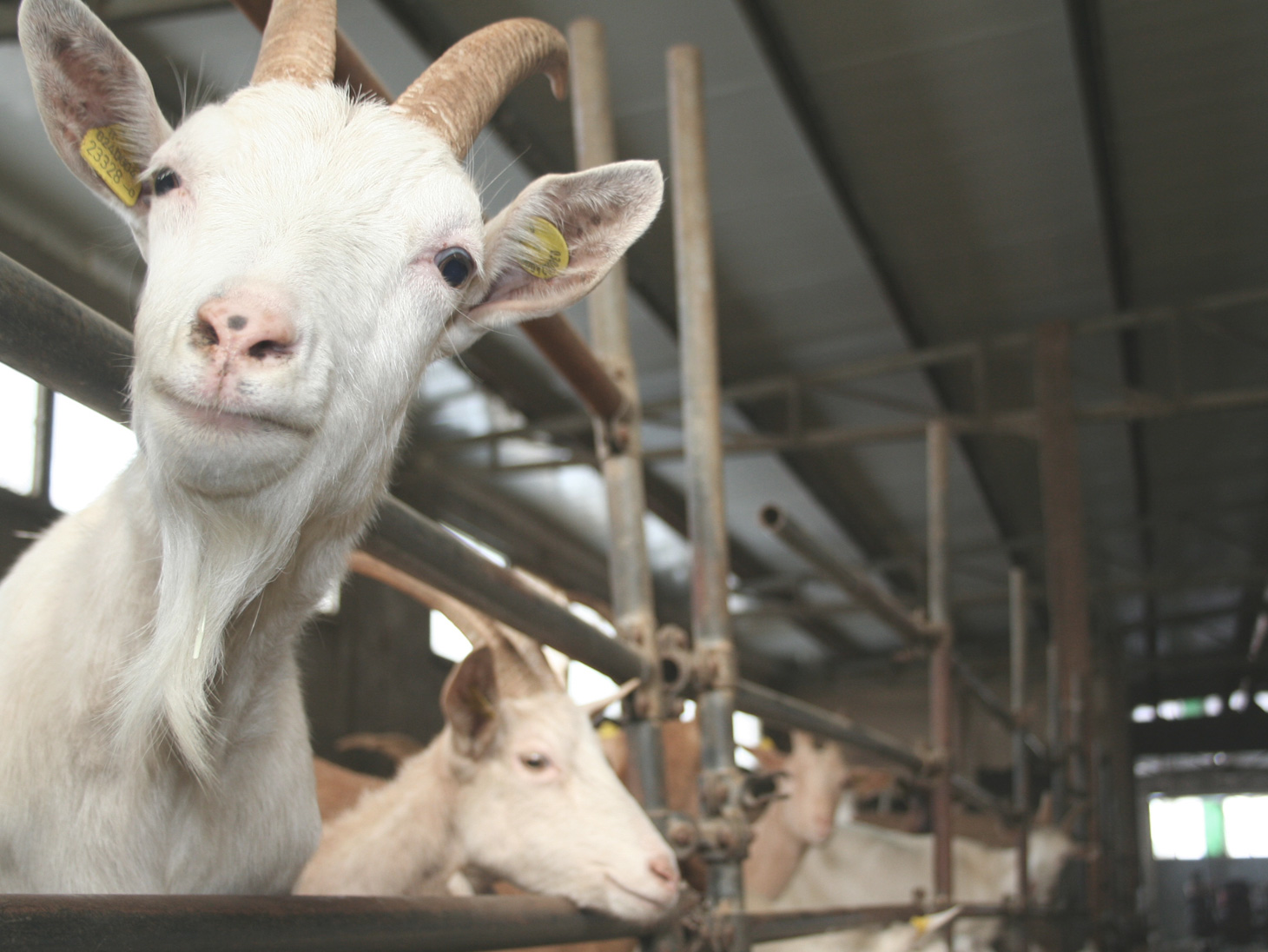
At the beginning of the 80’s Enrico Grandis bet on the rearing of dairy goats. In the countryside around him, where he moved with his wife, there were only bovine barns. Today, after 35 years, the panorama is completely changed and the country is covered with vineyards. But Enrico is always the same.
We are in Montegalda, in Vicenza province, a flat area at the feet of Berici mountains. Here Enrico runs his farm named “La Capreria” where he rears about 250 goats and produces a huge variety of organic cheeses.
With the help of his wife, his daughter Arianna and six precious collaborators, Enrico handles the entire production, from the barn to the dairy and from the milk to the cheese. For sure, Enrico’s innovative choice has been winning.
Giulia Basso, the director of our magazine, interviewed Enrico and his daughter Arianna:
Why do you bet on goat’s milk during a time when the only goat cheeses known were French?
The goat is an animal which has been considered too little in Italy. During the 30’s there was a tax on these animals which was abolished only when we started our business in the 80’s.
Some friends convinced me by teaching me the organoleptic features of goat’s milk and its properties: for example it causes less allergies or intolerances compared with cow’s milk. Moreover, during the agricultural fairs, more and more goats for reproduction were available.
Moreover, I like the goats: a small animal with the right size for a small firm. It was the perfect solution for our business.
Which was the first cheese of your production?
We started our production in 1983 with Tommasino, a fresh cheese very digestible, suitable even for the early childhood. We named it like my son Tommaso who was three years old at that time: the child with the bucket on our packaging is him.
You have been a pioneer even with the organic production. Why you made this choice in 1989?
This is our second winning choice. We always have believed in the organic production, we love the environment and our animals. At that time we cooperated at the writing of new rules that, after a few years, have turned into laws. Today we certify all our production cycle, we use renewable energies and we have a herbal purification system.
Does the lactation cycle influence the production?
The milk is available for about 10 months every year. Our goats naturally stop the production and give birth from December to January.
We have the climax of the milk production in March and April, when the milk is rich in nutritive elements. During the summer is lighter. During September and October the production is very low but the milk is very fat.
According to these variations, we produce hard-paste cheeses during the summer and soft-paste cheeses during spring and autumn. Instead, fresh cheeses can be produced all over the year.



